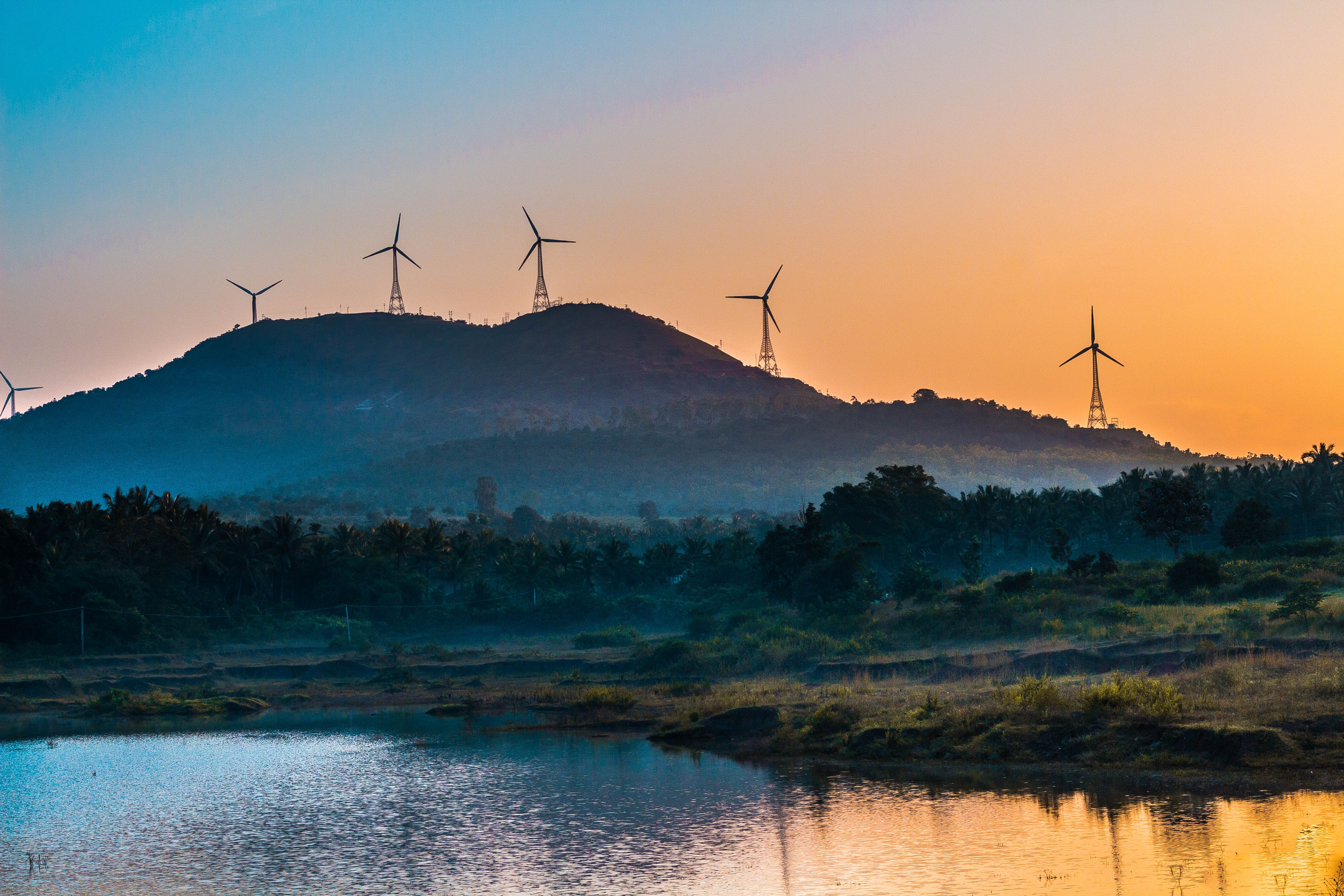The past year was, at times, a rollercoaster of emotion related to climate progress and pitfalls. Every week seemed to bring conflicting messages of, somehow, both hope and despair around climate and our collective future on this planet.
As we celebrate the arrival of 2024, there is one clear, unequivocal number that stands out as a beacon of hope to ground our collective sense of where we are on climate and the future of clean energy: 83. Specifically 83%: the percentage of new energy added to the world’s grids last year that was produced from clean, renewable sources.
To break that down, every year the Earth adds to its population of people plugging more things in, and new energy plants are commissioned to serve those needs. Adding new energy generation to the grid is largely a market-driven, lowest-bidder-wins process. Meaning, in 2023, renewable energy won contracts and offtake agreements on a cost basis around the globe. No small feat for a sector that was positioned as cost-prohibitive a decade ago.
Eighty-three percent sounds high, maybe improbably so? Was this a blip? The number comes from the International Renewable Energy Agency (IRENA), an intergovernmental organization founded in 2009 headquartered in the United Arab Emirates, and not a blip - the number goes up almost every year.
.png?width=960&height=703&name=image%20(8).png)
*Image credit: IRENA, Renewable Capacity Statistics, 2023
In these early days of 2024, there is great reason to take pause and consider the complexity and hope behind 83%. How did we get to the point where 83% of new energy generation is carbon-free? Simply put, due to years of innovation, entrepreneurship, grit and determination, renewables cost less than fossil fuels. Also, the opposite side of the often-cited ‘it doesn’t blow or shine all the time’ is that when it does, it’s free. Energy produced by wind and solar are free electrons, in contrast to a continual and expensive process of finding and transporting inputs.
So, how reasonable is it to be optimistic about our climate future as we start a new year? When I entered the climate action space 14 years ago, we were looking at a potential world of ‘runaway’ climate change - 10 degrees of warming, disasters all the time, everywhere, all at once. Because of things like 83%, that catastrophic future is widely considered to be off the table. And yet, global society continues to face an unprecedented challenge in limiting climate change to levels that afford a safe and prosperous future for all. The truth is that the world is complicated, the climate doubly so and every tenth of a degree of change brings disruption and hard to people, societies and economies.
Personally, I’m hopeful - a sentiment shared by my Third Derivative and RMI colleagues who see first-hand the collective strides being made on the next generation of climate solutions. Things like 83% and the people I see in (and rapidly entering into) the climate tech field inspire me. The 168 startups in the Third Derivative portfolio have raised almost a billion dollars since entering the program, and continue to demonstrate how amazing humans can be at innovating their way out of a pickle.
You can be hopeful too. Just remember that we live in a miraculous world where technology gets cheaper (while fossil fuels don’t), renewables are already winning so 83% is to become 100% shortly, and we’re all lucky for it.

